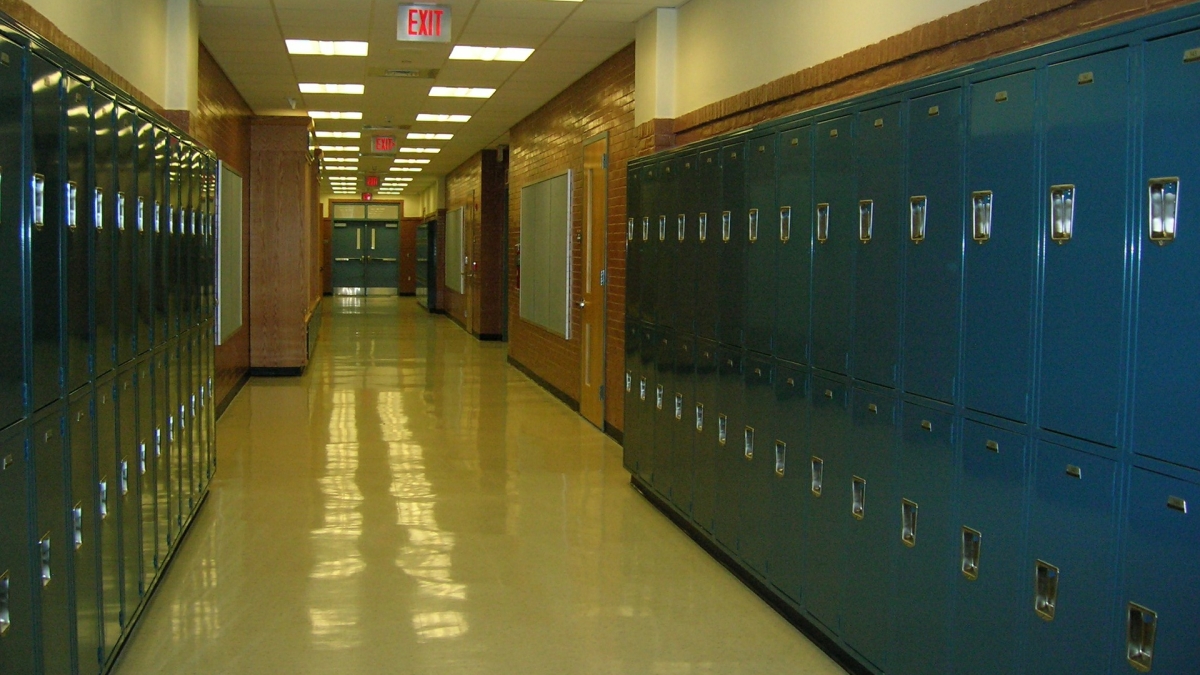No quick fix to shootings, but focus on 'school climate' will show support, ASU expert says

Editor's note: This is part of a series investigating gun violence from many angles.
School safety has become an urgent topic among researchers as more than 20 schools around the country have seen firearm incidents in 2018.
Sarah Lindstrom Johnson, an assistant professor in the T. Denny Sanford School of Social and Family Dynamics at Arizona State University, has been researching school climate for years. A former high school teacher in Baltimore, she studies school environments and how they affect student learning.
She is working on new research, which will be published soon, on students’ perceptions of school security measures.
She’s also developing a smartphone application based on the survey tool she developed called the School Assessment for Environmental Typology, or SAfETy.
Lindstrom Johnson, who has a background in adolescent development and a doctorate in public health, answered some questions from ASU Now about school safety.
Sarah Lindstrom Johnson
Question: What is school climate?
Answer: As defined by the U.S. Department of Education, school climate is a very broad construct and it includes perceptions of safety; students’ engagement, which is based on perceptions of belonging and feeling connected to the school; and relationships with the staff. It also includes the expectations, rules and norms around behavior. It also can include supports for mental health, violence-prevention programming such as anti-bullying programing, and it does include the physical environment.
Q: Can focusing on school climate help prevent school shootings?
A: If you ask me my general response to school shootings, it’s that I don’t think there’s a Band-Aid fix.
I testified against SB 1519, which was to spend money on school resource officers and that was because there is no evidence that school resource officers make schools safer. I’m not saying they don’t. I’m saying we don’t have the evidence to support that.
However, we do have evidence that putting social-emotional supports in schools, whether it be counselors, programs, etc., improves students’ mental health, it improves their behavioral health, it improves their academics.
So if you’re asking me where I would spend my money, as a scientist, the best bet in the long run in terms of keeping schools safer is in improving school climate. It’s not only that students’ mental health needs are met but also you’re creating environments where students are connected and engaged and succeeding.
I think a well-trained school resource officer can be an asset, but as a scientist, I don’t have information that they’re related to reduced general violence in schools, like bullying or peer victimization, which is the majority of violence that happens at schools, or has deterred a school shooting. I wish I did because that would be an easier fix.
Q: How do you improve school climate?
A: I have been working with schools in Maryland for the past decade on an intervention to improve school climate. It is couched within Positive Behavioral Intervention and SupportsPositive Behavior Intervention and Supports is a system of guiding students’ behaviors. The framework uses preventive measures and data analysis to avoid or de-escalate problems., which is basically, "How do we use data to identify needs of students and ensure that the programming is being implemented to meet those needs?"
We developed a climate survey that all of our schools took, and the intervention is that we sent coaches to the schools to help them use that data and implement PBIS schoolwide and make sure they had the additional supports present.
One trial is in high schools, and one is in middle schools. The high school trial is the first randomized control trial of PBIS in high schools, and we’re seeing positive results.
Q: What about cost?
A: You have to put people in schools to do this, and you have to have funding for the services. A lot of the barrier is that the schools don’t have the resources to deal with it.
This is a long-term solution that involves investment in schools. It involves thinking about school shootings as part of a bigger puzzle of supporting students’ social-emotional needs.
Q: What about the actual design of the school buildings?
A: I’m now working with the Association for Learning Environments, the school architects’ association. We are working on a rewrite of “Safe Schools: A Best Practices Guide,” which is their recommendation of the design features that should be in schools to make them safe.
Most of the focus has been around these rampage shootings, but I’m on the subcommittee that’s trying to balance those safety considerations with considerations to make sure that students still feel that they’re in a learning environment.
For example, open spaces with lots of windows and light is something that facilitates a good learning environment. But you can see how that is a security risk.
More Arts, humanities and education

ASU professor's project helps students learn complex topics
One of Arizona State University’s top professors is using her signature research project to improve how college students learn science, technology, engineering, math and medicine.Micki Chi, who is a…

Award-winning playwright shares her scriptwriting process with ASU students
Actions speak louder than words. That’s why award-winning playwright Y York is workshopping her latest play, "Becoming Awesome," with actors at Arizona State University this week. “I want…

Exceeding great expectations in downtown Mesa
Anyone visiting downtown Mesa over the past couple of years has a lot to rave about: The bevy of restaurants, unique local shops, entertainment venues and inviting spaces that beg for attention from…


